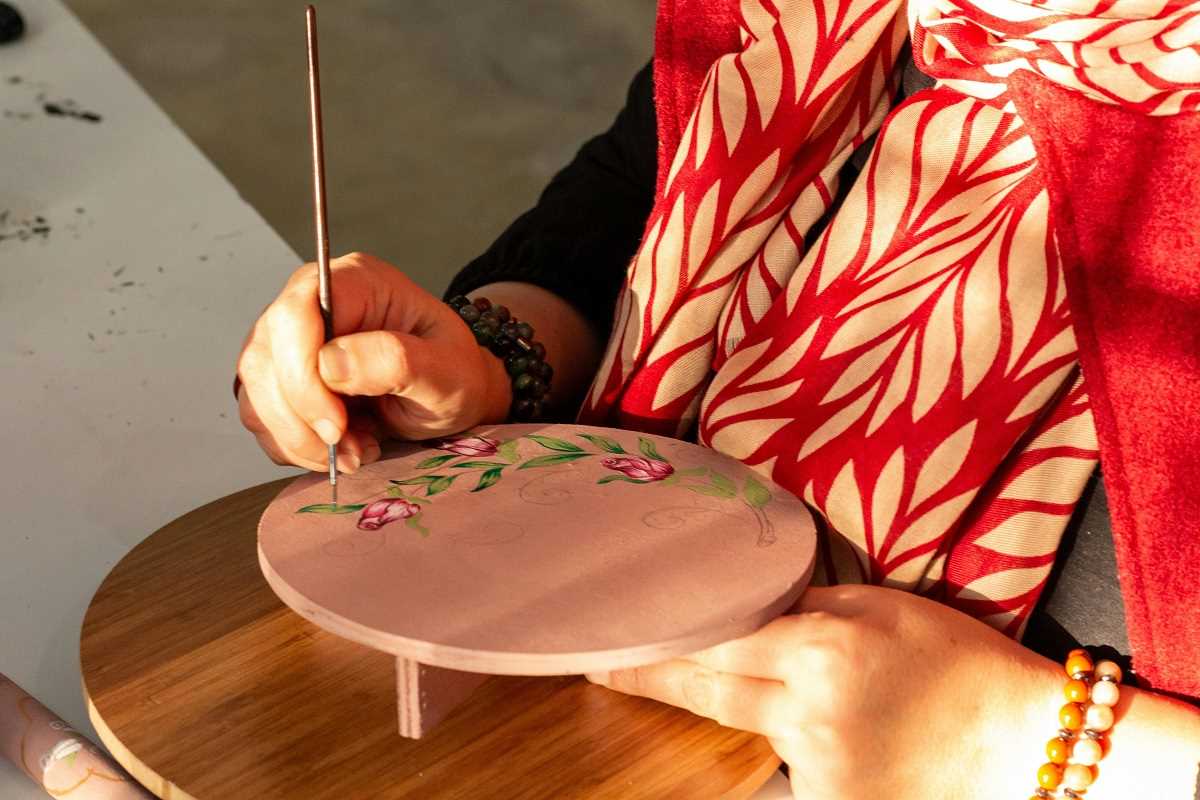Cuisine and language share a deep relationship, as traditional dishes and local expressions both reflect the history and character of a community. People often use vivid words to describe their favorite meals, weaving culinary references into daily conversation. These phrases add flavor to the way communities talk about food, making each region’s dishes and dialects truly distinctive. Recipes are not just instructions—they carry stories, memories, and the subtle influence of how people speak. Every meal tells a story shaped by the words people choose, revealing the close bond between what is eaten and how it is described in the kitchen and beyond.
Every community preserves its heritage in the way it names its ingredients, recounts traditional recipes, and celebrates regional flavors. Whether it’s through charming nicknames for vegetables or festive terms that describe a celebrated dish, the influence of dialect finds a home in every aspect of preparing and enjoying food.
How Local Dialects Shape Ingredient Names
Local dialects breathe life into ingredient names, transforming what might have been a plain list of items into an expressive narrative. When locals describe their ingredients, they often embed folklore, local history, and personal nostalgia into every word. A simple tomato may tell a story of sun-drenched gardens and familial gatherings, while a staple like corn might reflect the agricultural landscape that nourished an entire community for centuries.
Diverse communities often create distinctive names for the same ingredient. In one region, a variety of pepper might be known by a term that evokes the flavor’s intensity, while another dialect uses a name rooted in local tradition or tied to a festive event. These names do more than just identify the ingredient—they encapsulate the relationship between the people and the land, showcasing a unique blend of botanical tradition and local lore.
Traditional Recipes Passed Down Through Language
Many traditional recipes find their authentic charm in the way they are communicated orally from one generation to another. Grandparents and elders pass down recipes with detailed instructions and little-known secrets that are interwoven with memorable phrases and cultural references. This mix of language and method serves not only as a cooking guide but also as a connection to the past.
These recipes often carry subtle hints of dialect, where words contribute clues about the dish’s origin and method of preparation. A slightly altered term in a recipe can hint at variations in cooking techniques or ingredient selection, demonstrating how deeply words and culinary practices are intertwined. This oral storytelling and exchange ensure that every recipe remains unique and true to its roots.
Regional Food Terms and Their Meanings
Every region boasts its own set of food terms that offer insights into its history and lifestyle. Local dialects contribute to a lexicon that turns simple ingredients into evocative symbols representing community, climate, and local customs. With a few key examples, one can appreciate the nuances behind regional names.
Shared buzzwords reflect how communities relate to food. They create an invisible thread linking the past with current culinary practices, ensuring that the local flavor is not lost over time. The rich vocabulary surrounding food becomes a vibrant palette from which modern cooks draw inspiration.
- Bread: In some regions, a type of bread is affectionately referred to by a nickname that hints at its texture and history.
- Stew: Local communities might use a term that reflects the hearty and slow-cooked nature of the dish, often originating in long winter months.
- Sauce: A region known for its zest might describe its sauce with a term that evokes both its tanginess and the passion of its makers.
- Dessert: Certain dialects have charming names for sweets that highlight their festive nature and the communal joy they generate during celebrations.
Celebratory Foods and Festive Vocabulary
Festive cuisine often mirrors the vibrancy of the language it is expressed in. In communities that celebrate the changing seasons or significant historical events, festive vocabulary plays an important role in commemorating these moments. Local dialect colors the names of celebratory foods with metaphors and analogies that evoke the spirit of the feast.
An array of festive dishes, from specially prepared roasts to unique confections, incorporate words that celebrate joy and heritage. The language used during festivals not only honors the tradition but also adds an extra layer of meaning that turns every bite into an homage to cultural pride and communal identity.
Storytelling and Oral Histories in Culinary Practices
Storytelling remains a cherished practice in many communities, especially when it comes to sharing culinary secrets and histories. Elders and home cooks recount lively tales of how a recipe came into being, connecting the dots between a dish and its cultural significance. These anecdotes are sprinkled with local phrases that heighten the sensory experience, making the food seem almost tangible as it carries its history along with every ingredient.
Oral traditions play a critical role in preserving the nuanced details of culinary practices. By sharing these stories, communities not only keep their heritage alive but also teach the younger generation about the value of their cultural roots.
- Family Gatherings: Many families hold annual meetings where each member recounts their memory associated with a beloved dish, creating a tapestry of experiences.
- Local Festivals: Community festivals serve as a stage where dramatic storytelling about food traditions takes center spotlight, often accompanied by public culinary demonstrations.
- Museum Narratives: Local museums sometimes host storytelling sessions that delve into the origins of traditional recipes, offering vivid descriptions that bring lost time periods back to life.
The Influence of Local Dialects on Modern Culinary Trends
Modern culinary trends do not escape the influence of regional dialects; instead, many contemporary dishes enjoy a rich narrative that links them firmly to their histories. Chefs and home cooks alike continue to use words that carry local essences to add authenticity to contemporary dining experiences. For example, discussions about culinary traditions often highlight language as a key element in reviving forgotten recipes and strengthening community ties.
Food markets and culinary festivals today turn into a playground for the evolution of local language, as vendors and diners exchange terms that blend the old with the new. This organic fusion of regional vocabulary with modern food trends guarantees that, while methods and ingredients change, the core stories stay intact, preserving the charm and historical continuity of local cuisine.
The relationship between dialect and cuisine weaves through every layer of food preparation and enjoyment, signifying more than just a historical artifact. It creates a lively, ongoing dialogue that enriches our collective dining experience.
Cultural nuances in language show that food expresses identity and preserves tradition, even as it evolves over time.
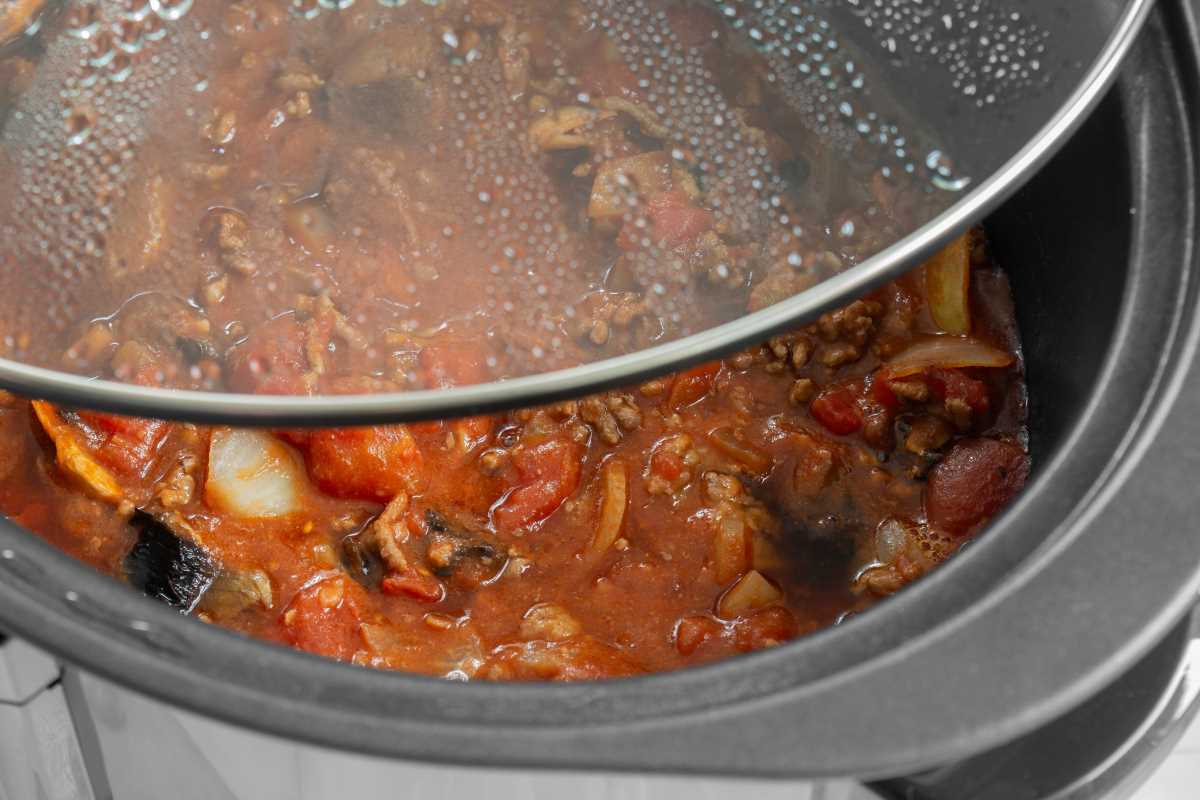 (Image via
(Image via
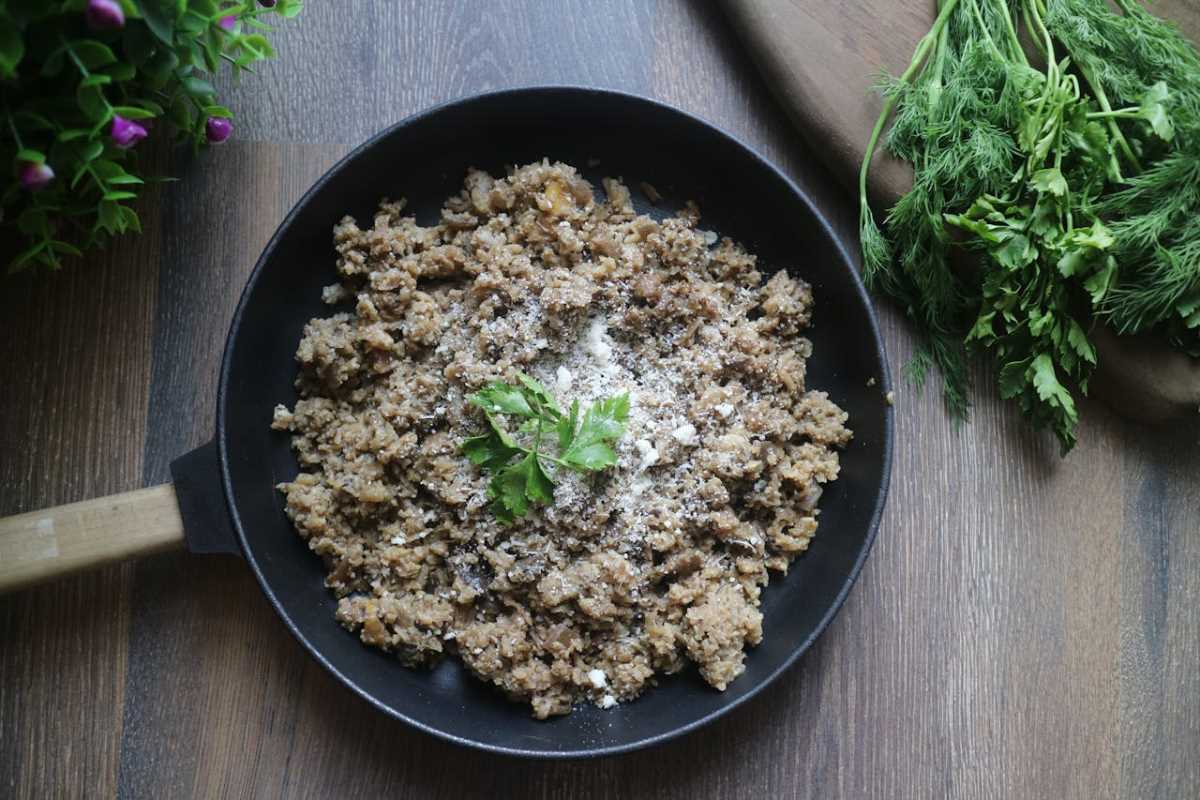
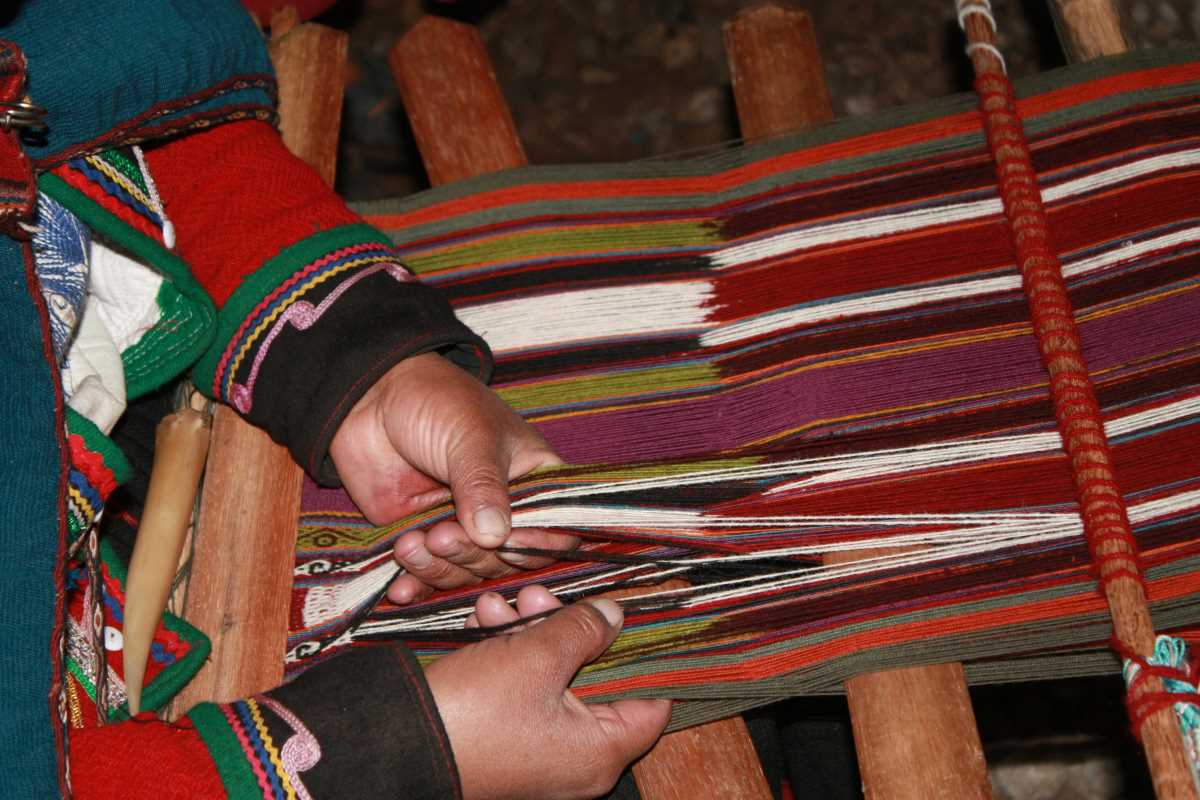
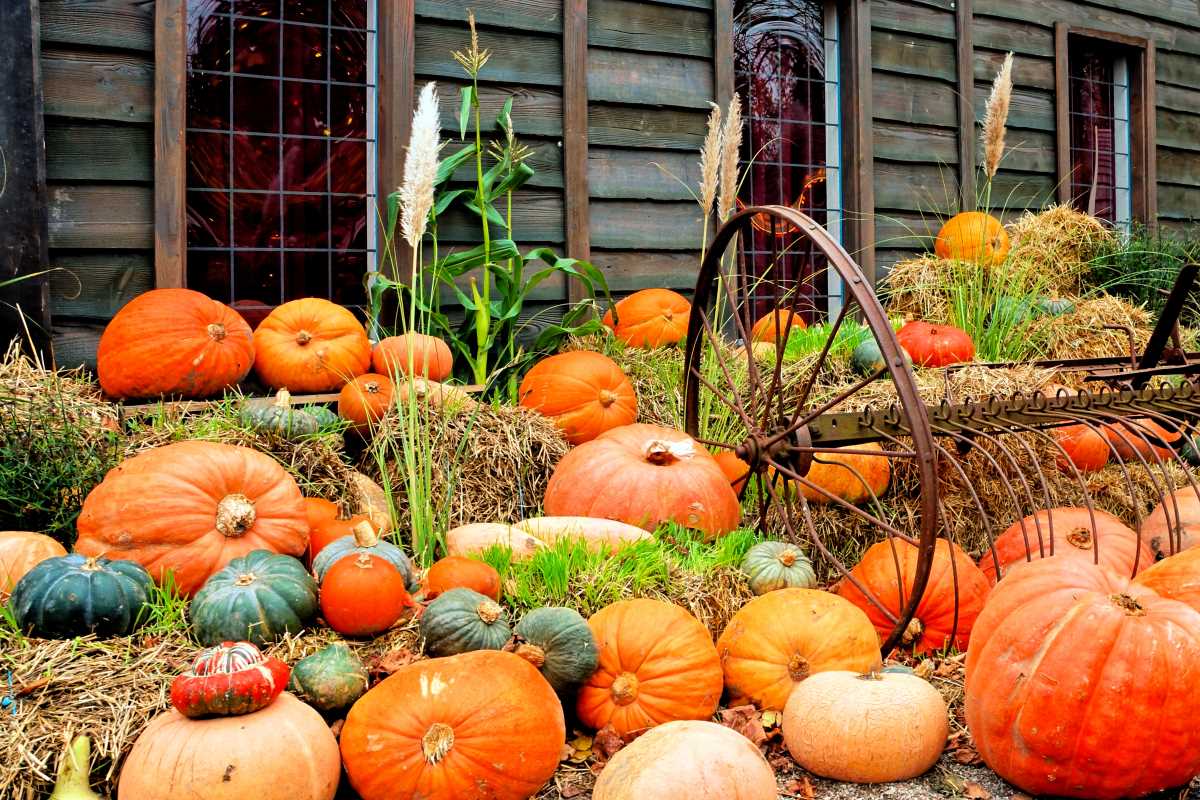

.jpg)
